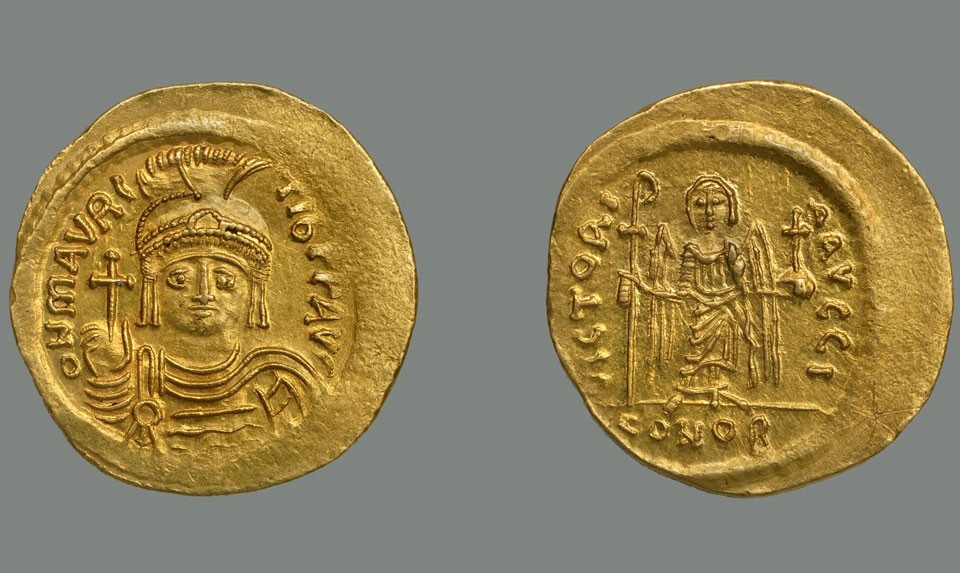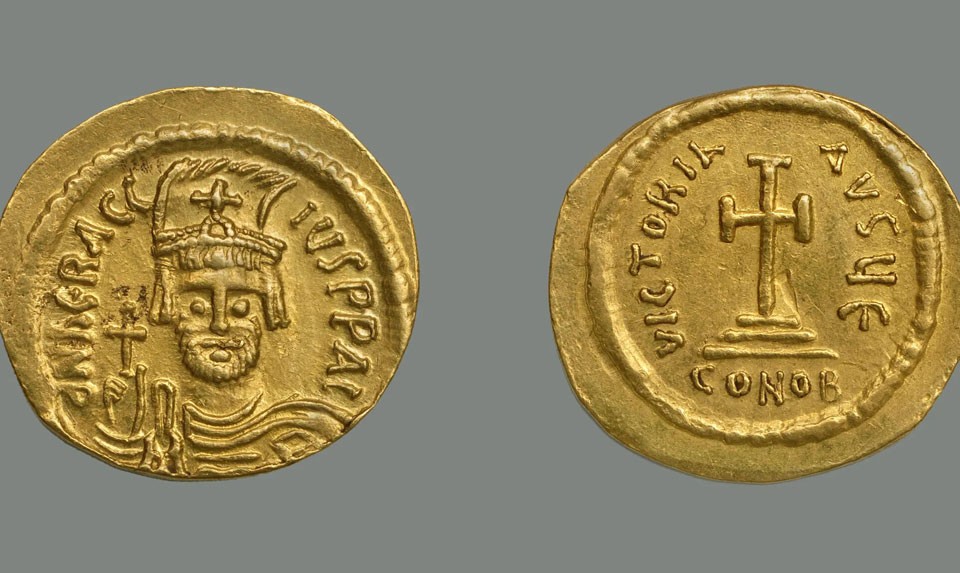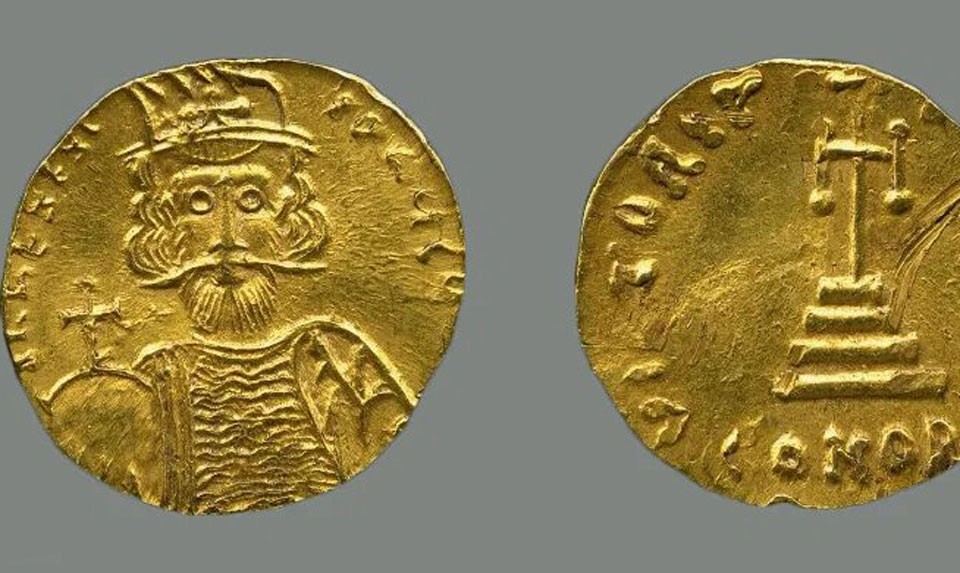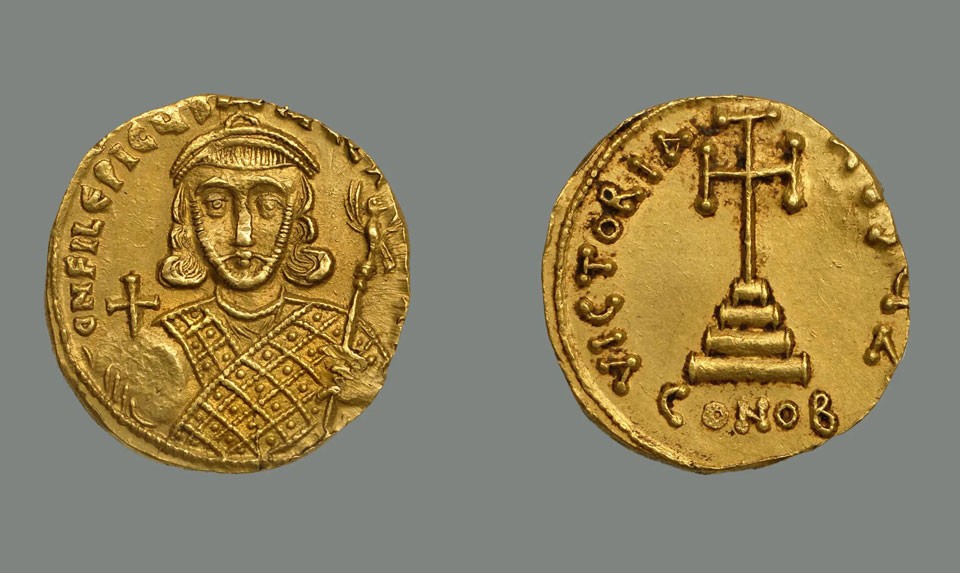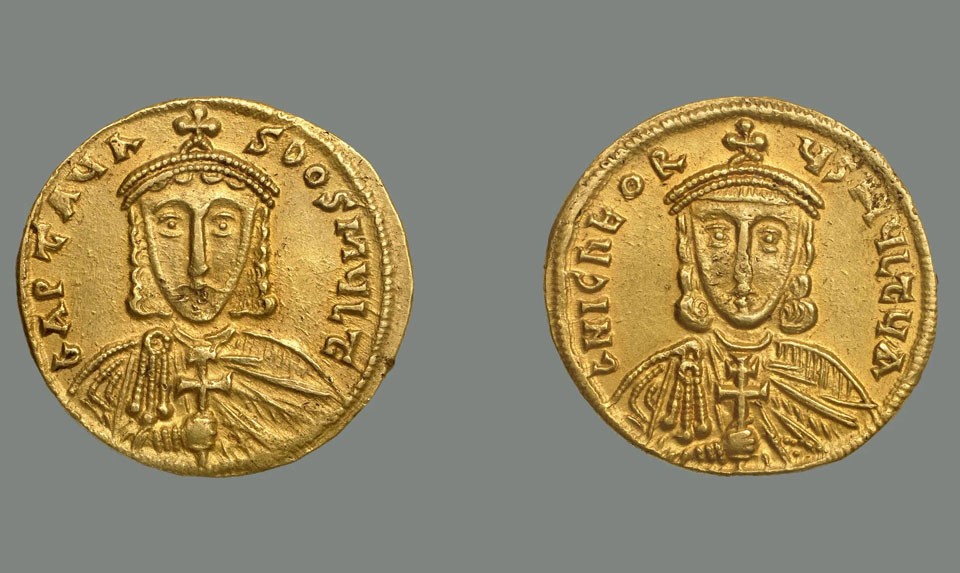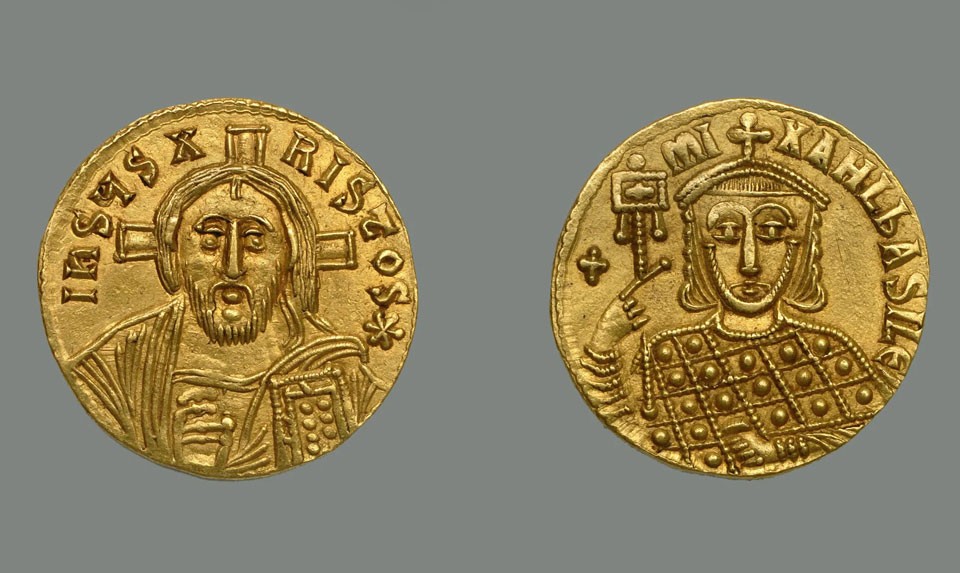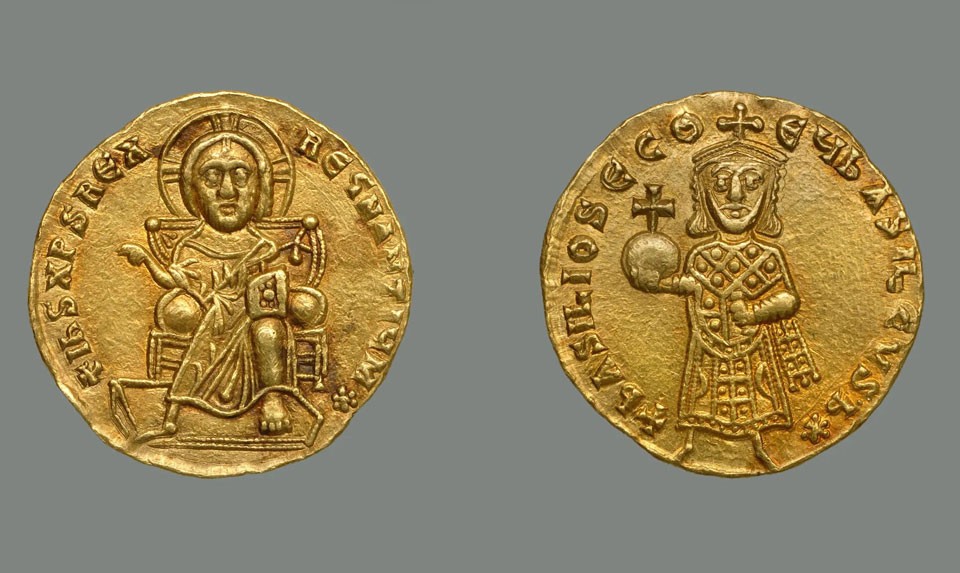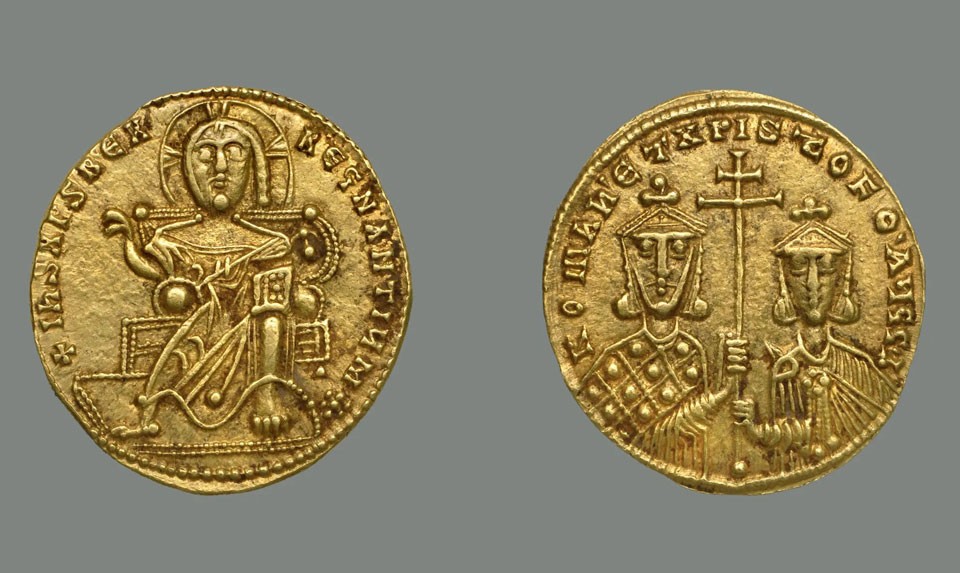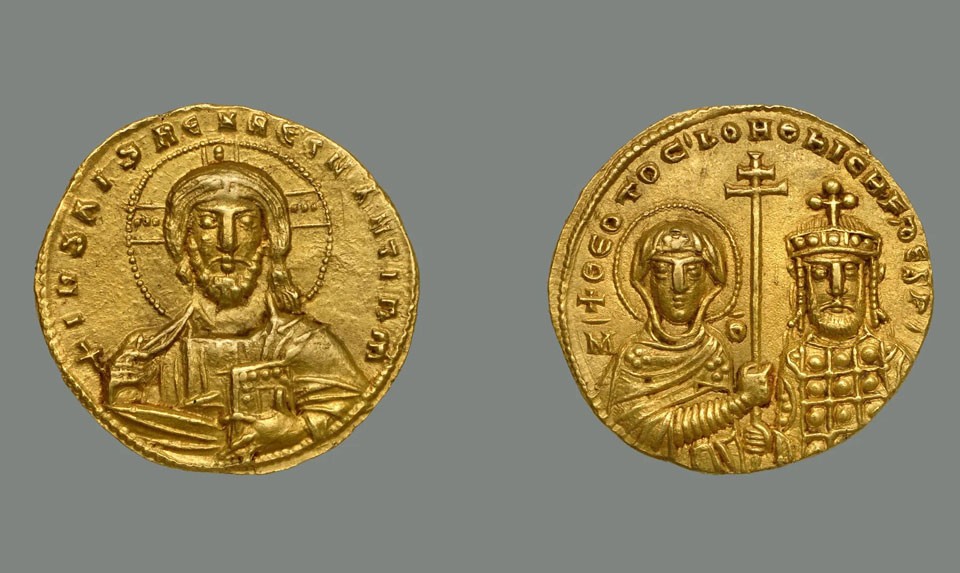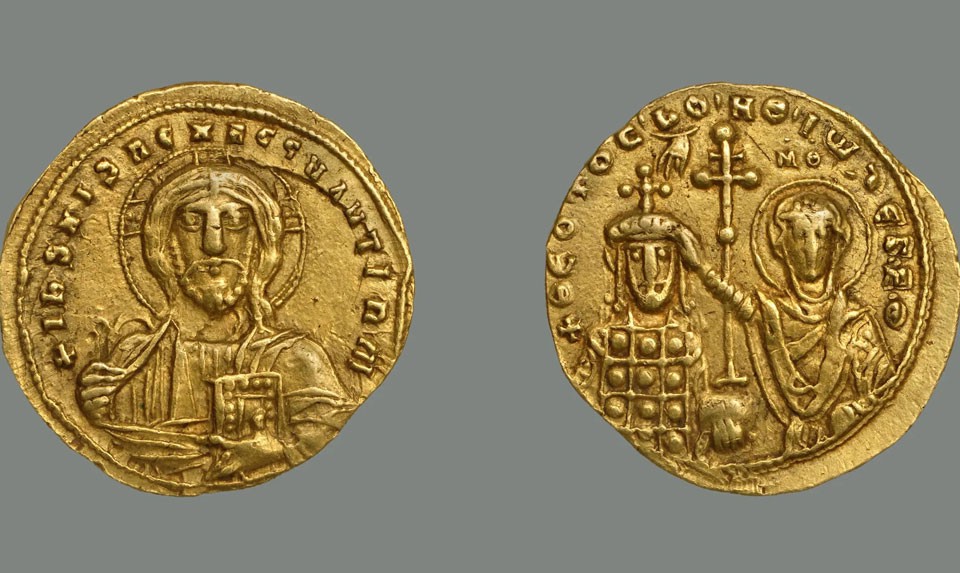Armenians On Gold Coins Of The Byzantine Empire
The Byzantine Empire, also called the Eastern Roman Empire or Byzantium, was the continuation of the Roman Empire in its eastern provinces during Late Antiquity and the Middle Ages. The capital of Byzantium was Constantinople.
Byzantium survived the fragmentation and fall of the Western Roman Empire in the 5th century AD and continued to exist for another thousand years. In 1453, Byzantium finally fell under the blows of the Ottoman Turks. For most of its existence, the empire was the most powerful economic, cultural and military force in Europe.
Although Armenia was only a part of the Byzantine Empire, many Armenians became extremely successful during its existence. Armenians were represented in all spheres of Byzantine life: from bishops, architects, generals and even emperors.
Below are some examples of gold coins of Byzantine emperors, commanders and generals that were of full or partial Armenian origin, confirmed by at least 3 or more sources.
